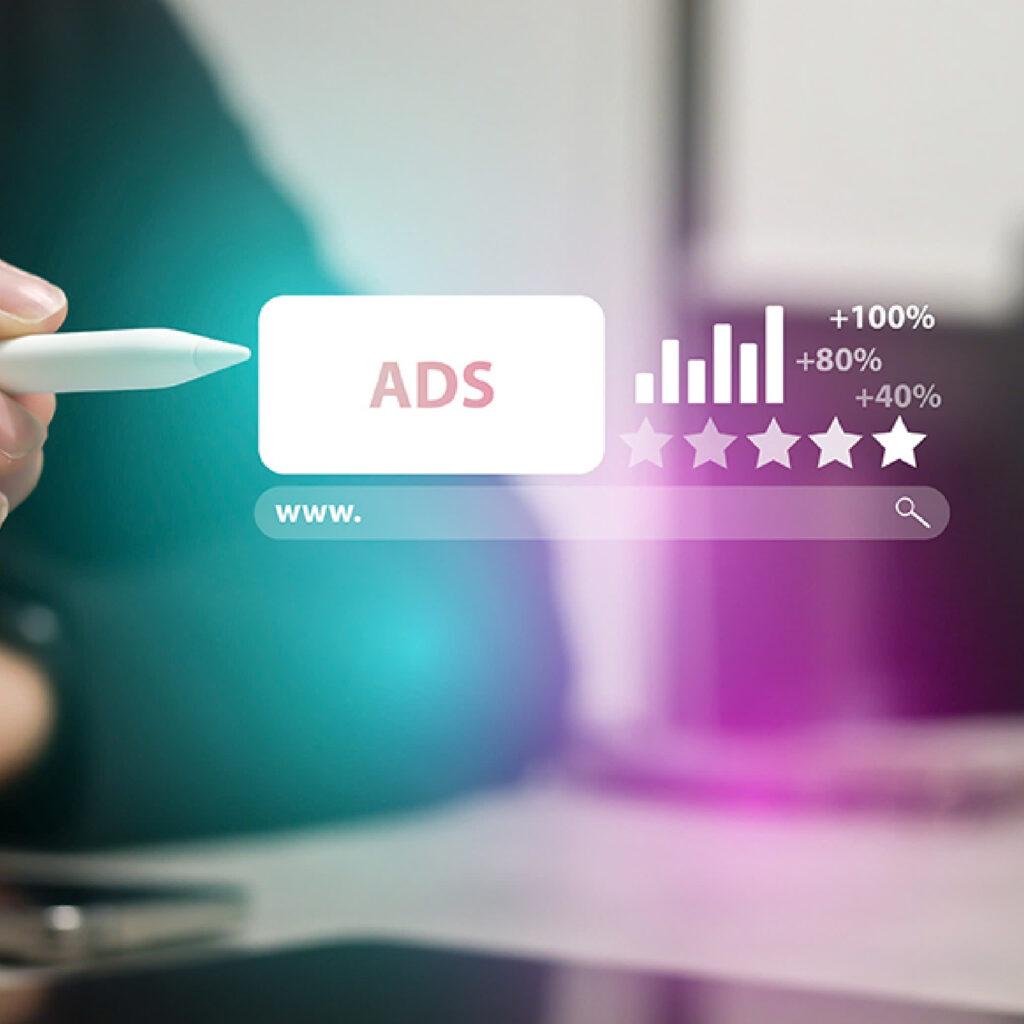
For years, marketers have wrestled with the question of who to target: loyal customers, new audiences, or those who have drifted away. Most default to broad awareness or to chasing new buyers. But new research suggests that the highest returns come from a very specific — and often overlooked — segment: the Persuadables.
Coined in a joint study by Viant and Nielsen Catalina Solutions (NCS) with analysis by marketing strategist Joel Rubinson, The Persuadables framework redefines how brands think about ad responsiveness. The findings are striking: targeting Persuadables can increase return on ad spend (ROAS) by up to 16 times compared with traditional targeting methods.
This is not just an efficiency gain; it’s a breakthrough in how precision marketing can drive real financial performance.
Who exactly are the Persuadables?
Persuadables aren’t your most loyal buyers — and they’re not strangers to your brand either. They’re the consumers who purchase a brand some of the time, but not always. They know you, like you, but haven’t fully committed.
Crucially, they’re also the ones closest to their next purchase moment. Drawing from 18 months of purchase data, researchers identified these consumers by combining two powerful predictors of responsiveness:
- Recency – how close someone is to their next likely purchase.
- Heaviness – how much they typically spend within the category.
Those who scored high on both factors — heavy buyers nearing another purchase — became the “Persuadables.” In every campaign tested, this group responded dramatically better to advertising than any other audience segment.
The science behind persuasion
The concept builds on decades of research. In the 1990s, Professor John Philip Jones demonstrated that half of advertising’s effectiveness occurs when the first exposure happens within seven days of purchase. Later, media pioneer Erwin Ephron expanded on this “recency” principle, arguing that the closer the ad is to the buying moment, the higher its impact.
Today’s data-rich environment finally allows marketers to apply that theory at scale. By combining real purchase history with people-based targeting, brands can identify when individual consumers are entering their next buying cycle — and reach them precisely at that time.
It’s the difference between advertising at people and communicating with them when it matters.
The proof in numbers
The Viant–NCS experiment tested three well-known consumer packaged goods (CPG) brands: a ready-to-serve soup, a packaged meat, and a dessert snack. Each campaign reached tens of millions of households and used real purchase data to segment audiences based on their buying behavior and timing.
Across all three campaigns, the results were consistent and remarkable:
- Persuadables delivered an average ROAS of $21.38 — roughly 16 times higher than other audience segments combined.
- Heavy but early-cycle buyers achieved 4.2x the average ROAS.
- Mid-level spenders reached late in their cycle delivered 2.5x the average.
In contrast, non-brand buyers — those who hadn’t purchased the brand before — delivered the weakest results and the lowest efficiency.
The implication is clear: loyalty may not be where growth lives, but neither is pure acquisition. The greatest leverage sits in between — among consumers who already engage with your brand but haven’t yet made it a habit.
Timing is everything
What makes the Persuadables concept powerful isn’t just who it targets, but when. The principle of recency gives brands a measurable way to balance awareness with conversion.
By analyzing individual purchase cycles, marketers can predict when each household is nearing its next category purchase. Ads served during that short, high-receptivity window generate disproportionate returns. The research found that even a few days’ difference in exposure timing could double or triple advertising impact.
This turns traditional flighting models on their head. Instead of fixed campaign bursts, marketers can adopt rolling, data-driven activations that follow consumers’ natural purchase rhythms.
Why this matters for growth
The Persuadables model aligns perfectly with the growing demand for marketing accountability. It connects the dots between audience definition, timing, and measurable financial return.
It also reframes how brands should think about their media mix. Instead of overinvesting in costly “non-brand” prospecting, advertisers can shift spend toward consumers who already exhibit high category intent. That doesn’t just improve efficiency — it compounds growth by reinforcing buying behavior at the moments it matters most.
In essence, the Persuadables framework transforms precision marketing from a media tactic into a strategic growth engine.
A smarter way forward
Three lessons emerge for brands seeking to replicate these results:
- Start with purchase data, not demographics. Behavioral signals — like past buying frequency and timing — are far stronger predictors of responsiveness than age or gender.
- Invest in timing intelligence. Understanding when consumers are likely to buy next lets you serve messages that meet demand rather than try to create it.
- Shift spend from the extremes. Don’t focus solely on loyalists or cold audiences. The middle — those who already engage occasionally — offers the richest opportunity for incremental sales.
By combining these principles, marketers can build campaigns that are more human, more contextual, and ultimately, more profitable.
The new frontier of persuasion
The Persuadables research proves what the industry has long suspected but rarely measured: advertising works best when it’s relevant — not random. It’s not about the biggest budget or the loudest message; it’s about understanding who is most likely to move and when.
As marketing continues to evolve toward data-driven precision, this framework offers a powerful reminder that influence isn’t magic — it’s math. And in that math lies the next generation of marketing effectiveness.
When brands find their Persuadables, they don’t just reach audiences — they convert believers.



















